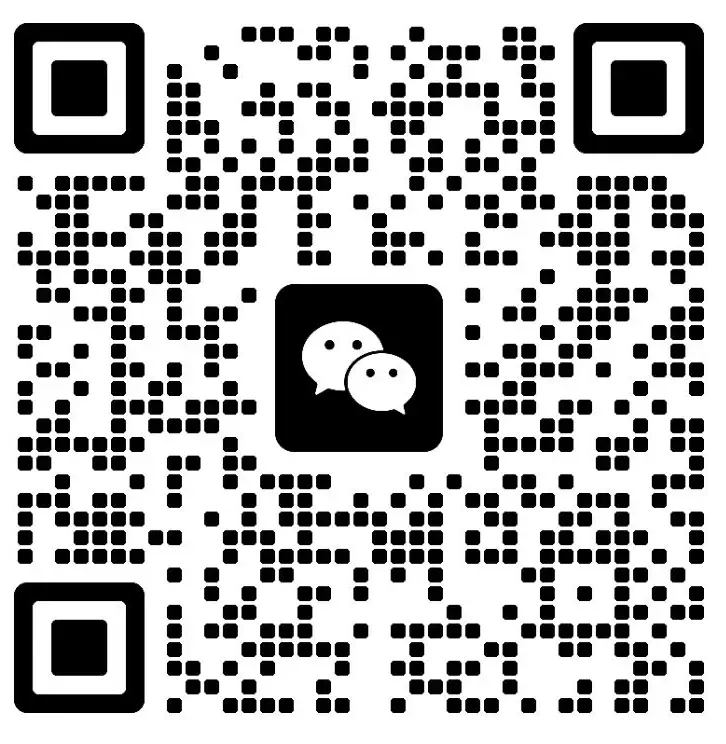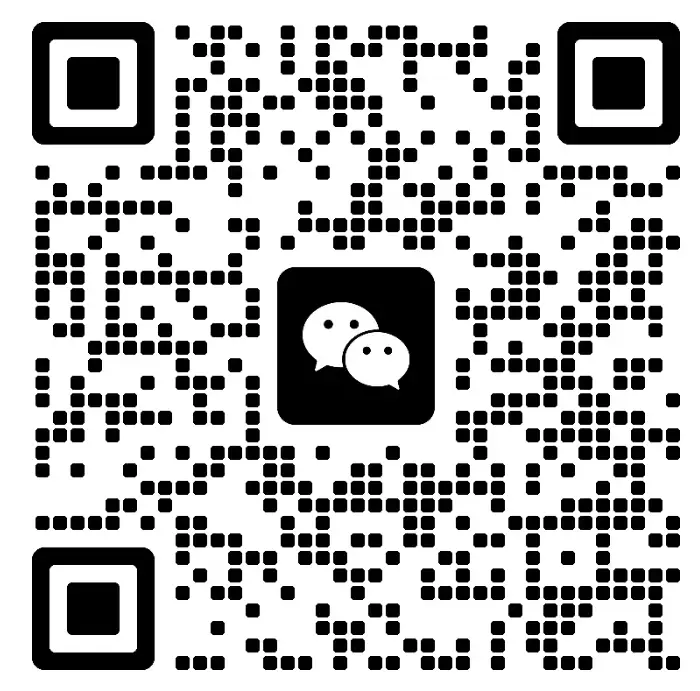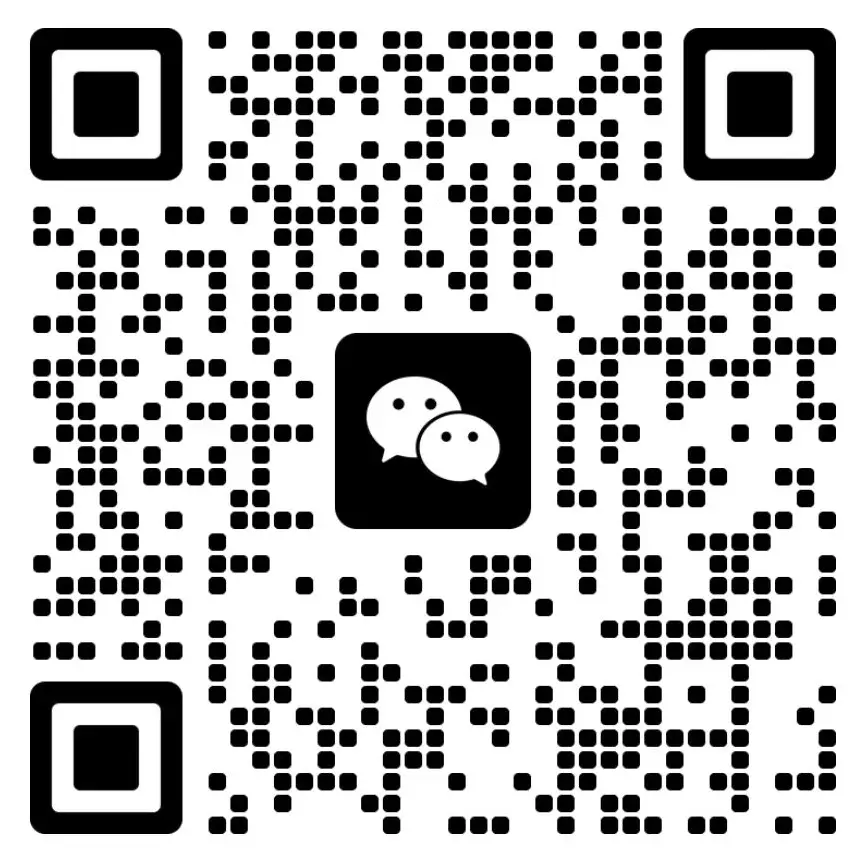Selection and Installation of Cylinder Liner of Diesel Engine
Release time:
2018/10/29
Most diesel engines use thick-walled wet cylinder liners, which are sealed and installed in the cylinder block by a water blocking ring, and form a cooling water cavity with the inner wall of the cylinder block. The inner surface of the cylinder liner is an integral part of the combustion chamber and is the place where the piston compresses the gas to do work. The outer surface of the cylinder liner is in contact with the cooling water for a long time and is easily damaged by cavitation and electrochemical corrosion; the inner surface is directly affected by the high temperature, high pressure and corrosion of the gas, and the relative movement side thrust and strong friction with the piston assembly. Wear, scratches and fine cracks occur on the surface of the cylinder. Therefore, the cylinder liner is a vulnerable part. When the engine is overhauled, the technical status of the cylinder liner should be tested and the unqualified cylinder liner should be replaced in time.
1 Replacement standard of cylinder liner
(1) Observe whether the inner surface of the cylinder liner is strained or rusted. When it is defective, the oil on the cylinder wall will not be scraped cleanly during work, resulting in oil burning and should be replaced.
(2) Put the new piston ring into the cylinder liner, use the piston to push the position of the first gas ring to the top dead center, and observe the size of the opening. If the opening is more than 1mm, replace it; if the opening is 0.5~1.0mm In order to extend the service life, the ring openings can be staggered by 180 ° for installation.
(3) Observe whether there is a crack in the cylinder liner. Generally, when the crack occurs at the top dead center, the position of the first gas ring is located and it cracks along the surrounding direction. It should be replaced immediately.
(4) The cylinder liner wear exceeds the specified value, that is, the cylinder liner wear exceeds 0.3mm or the ovality exceeds 0. 15mm, or the cylinder liner with severe eccentric wear should be replaced.
2 Selection method of cylinder liner
(1) When purchasing new parts, the size grouping code of the cylinder liner, piston and piston ring must be the same. Only in this way can we ensure that the cylinder liner and piston have a standard fit clearance. For multi-cylinder engines, the size codes of cylinder liners, pistons and piston rings of all cylinders must be consistent. In addition, the weight difference of all cylinder piston groups shall be within the specified range.
(2) Grind the repaired cylinder liner according to the repair size. When selecting the piston and piston ring, the size standard must be consistent with the repair size of the cylinder liner, and the weight difference of each cylinder piston group should be within the specified range.
(3) In order to ensure the assembly standard, the assembly clearance should be re-inspected before the cylinder liner and piston are assembled. First, the cylinder gauge is required to measure the inner diameter of the cylinder liner (including roundness and cylindricity errors), then the outer micrometer is used to measure the size of the piston skirt, and finally the fit clearance between the two is calculated.
3 Installation method of cylinder liner
Improper installation of the engine cylinder liner will cause failures such as cylinder pulling, early wear, exhaust smoke, water leakage, burning of the cylinder gasket, crushing of the cylinder liner, and high engine noise.
Installation of 3.1 wet cylinder liner
Tractor engine and general agricultural diesel engine cylinder liner, mostly wet cylinder liner. The installation method is as follows:
(1) When installing a wet cylinder liner, first clean the cylinder liner and the inner bore of the cylinder block thoroughly, especially pay attention to the cleaning of the upper and lower support rings of the cylinder liner. If burrs, sharp corners and scraping are found, they can be filed off with a file and then polished with emery cloth.
(2) Before installing the water blocking ring, the cylinder liner should be put into the cylinder block bore for trial installation. The cylinder liner can rotate gently in the cylinder block bore without obvious shaking. The key is that the cylinder liner shoulder should protrude from the cylinder plane by 0. 06~0.15mm, and copper pad should be used for adjustment when it is insufficient. When you need to add a cushion, you should first put the cushion on the cylinder liner, and then install the water blocking ring to pad it on the upper end of the cylinder block seat hole. When the amount of protrusion is too large, the upper end surface of the cylinder liner should be repaired. The height difference between adjacent cylinders of a multi-cylinder engine shall not exceed 0. 05 mm at most. When assembling, be sure to ensure that the upper end surface of the cylinder seat hole is clean and free of debris.
(3) Every time the cylinder liner is pressed, a new water blocking ring must be used regardless of whether the cylinder liner is new or old. The glue of the water-blocking ring should be soft, without cracks, and the specifications and dimensions should meet the requirements of the original engine. It is better to use original fittings for the water blocking ring to ensure that the elastic recovery coefficient is greater than 85% and can meet the technical requirement that the compression amount is not greater than 15% under the pressure of 0. 7 MPa. Only the sealing ring that meets this technical requirement can ensure that the diesel engine is not leaking for a long time. Before installing the water-blocking ring, check the quality of the water-blocking ring and smooth the burrs. The water blocking ring with defects such as aging, crack, inelasticity, uneven thickness, too coarse or too fine shall be scrapped and cannot be installed.
(4) When assembling the water blocking ring, there should be no distortion. If there is a kink, insert the cylindrical part of the screwdriver, straighten out the smooth surface along the circle, and then coat the outer ring surface with a layer of lubricating oil or soapy water to facilitate assembly to the cylinder body.
(5) When the cylinder liner is installed in the cylinder block seat hole, press twice with equal force with both hands. If the cylinder head is used to press people, pay attention to evenly and symmetrically twist the nut to press in, do not use a hammer to hit people. If it is found that the match is too loose, it should be removed to find out the reason, and then installed after elimination.
(6) After the cylinder liner is installed, due to the tightness of the water blocking ring, the cylinder liner may be deformed. The inner diameter, roundness and cylindricity of the cylinder liner shall be re-measured by using the cylinder gauge (not more than 0.03~0.04mm), check whether the cylinder liner is deformed, check whether the cylinder liner is deflected, and check whether the height of each cylinder liner shoulder protruding from the cylinder body of the multi-cylinder machine is consistent. Secondly, fill the water tank with cooling water, preferably 0. 15~0. 20 MP. 5 min hydrostatic test, observe whether there is water leakage at the assembly joint, if so, reinstall. If possible, run-in test shall be carried out.
Installation of 3.2 dry cylinder liner
(1) Select the cylinder liner. For the first time, the cylinder liner with standard size is selected, and its outer diameter surface roughness is not higher than Ra3.2, and its cylindricity is not more than 0. 02mm; If there is an inverted cone, its cylindricity is not more than 0. 005mm, roundness is not more than 0. 05mm, and there is a 10 × 5 chamfer in the outer circle direction of the lower opening.
(2) The installation of dry cylinder liners is roughly the same as that of wet cylinder liners. The difference is that the outer diameter of the cylinder liner is required to be closely matched with the inner diameter of the cylinder block seat hole. The inner diameter is oiled to avoid affecting the even fit of the cylinder liner and the cylinder block. Cylinder test shall be conducted according to the outer diameter of the cylinder liner. The surface roughness of the mounting hole shall not be higher than Ra3. 2, and proper pressure interference shall be reserved.
(3) pressure cylinder liner. Put the cylinder liner upright and press it slowly with a press or other instruments. The pressure is 103 N. In order to ensure that the cylinder liner is pressed upright, a straight-angle ruler should be used to measure the cylinder liner in all directions before pressing in. When the cylinder liner is indeed perpendicular to the upper plane of the cylinder block, slowly apply pressure to press in. After the cylinder liner is pressed, it should be flush with the plane of the cylinder block.
(4) After pressing the cylinder liner, the cylinder block shall be subjected to hydraulic pressure test without leakage.
More information








